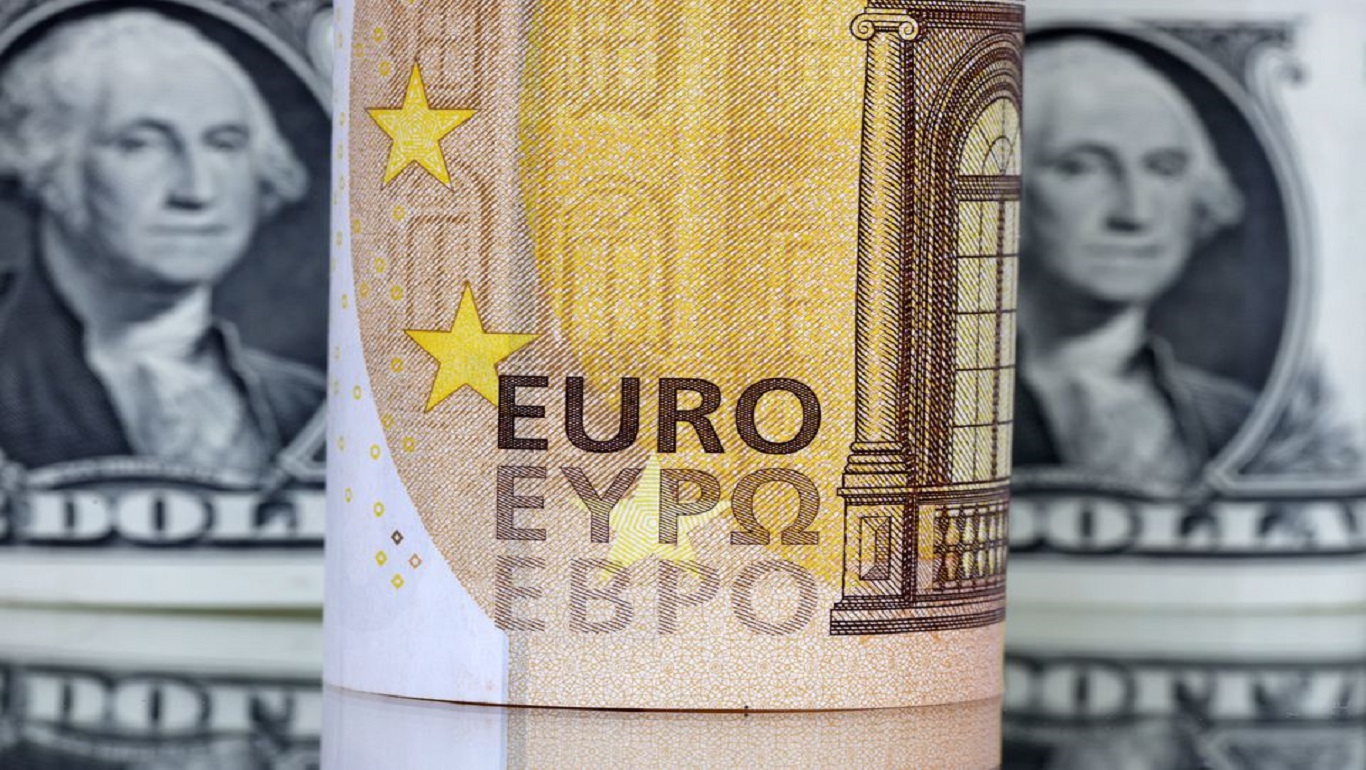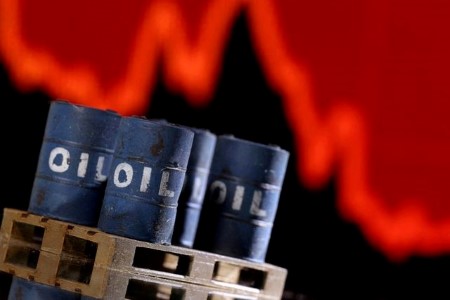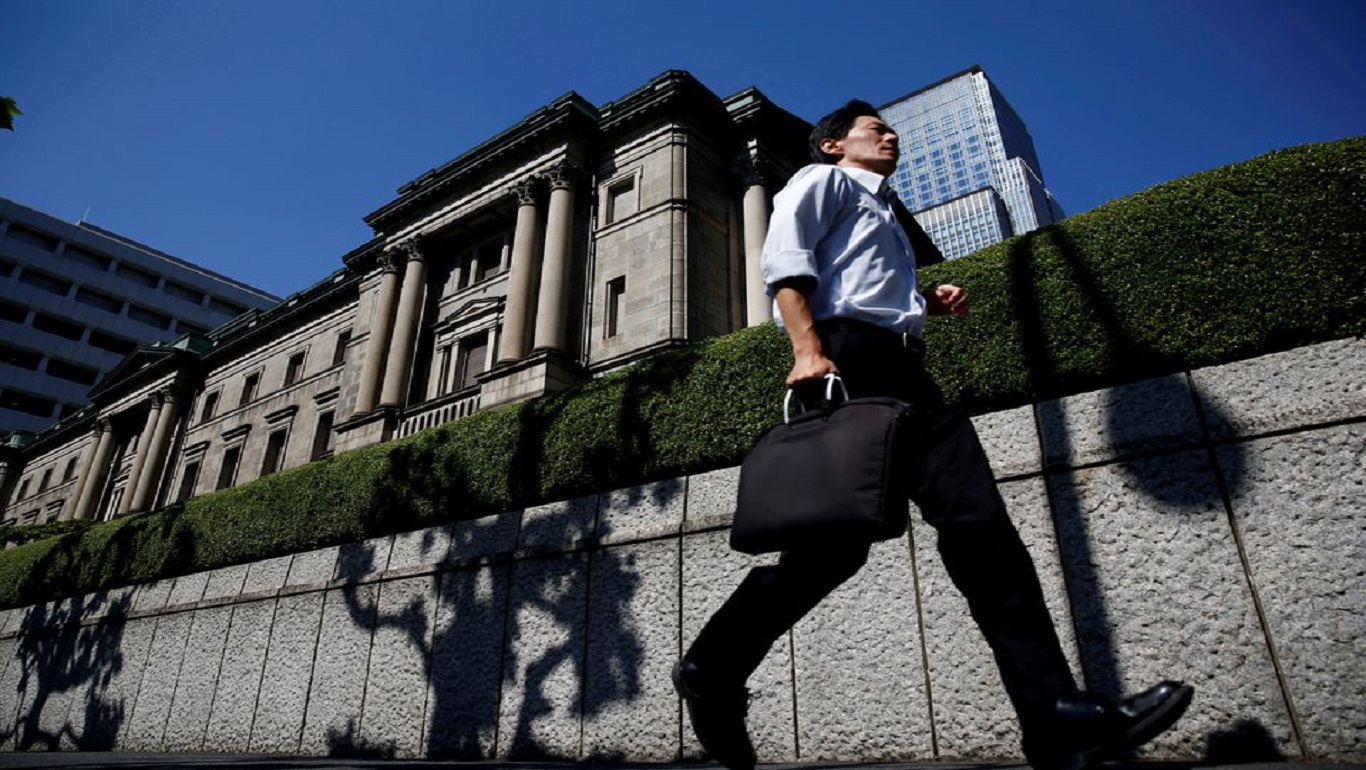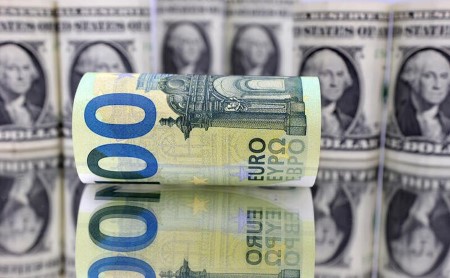Aug 25 (Reuters) – Gold rose on Thursday as the dollar slipped from recent highs, while investors awaited the Jackson Hole symposium for cues on the Federal Reserve’s monetary policy.
Spot gold rose 0.3% to USD 1,756.55 per ounce by 14:20 p.m. ET.
US gold futures settled 0.6% higher at USD 1,771.4.
Focus will be on US Federal Reserve Chair Jerome Powell’s speech at the central banks’ conference in Wyoming on Friday for hints on the Fed’s interest rate hike strategy.
“Gold is just seeing a corrective bounce from recent selling pressure. The dollar has backed off from its highs and there is some positioning ahead of Powell’s speech,” said Jim Wyckoff, senior analyst at Kitco Metals.
“In the near term, gold charts are still bearish. But in the longer-term, there is still upside potential for gold as there will be some safe-haven demand any time the economy is wobbly.”
The dollar index fell 0.2%, making gold cheaper for overseas buyers.
Gold is considered a safe investment amid economic turbulence. However, interest rate hikes increase the opportunity cost of holding bullion.
Investors also took stock of data showing the US economy contracted at a moderate pace than initially thought in the second quarter.
In the physical market, top consumer China’s net gold imports via Hong Kong hit a nine-month high in July.
Spot silver rose 0.2% to USD 19.19 per ounce, platinum gained 0.3% to USD 879.11 per ounce.
Palladium bounced 5.4% to USD 2,144.07 per ounce.
UBS raised its palladium price outlook on “renewed robust imports by China”, forecasting prices at USD 1,900 per ounce in December, but retained a negative outlook on the metal over slowing growth in Europe and North America.
(Reporting by Ashitha Shivaprasad and Rahul Paswan in Bengaluru; Editing by Krishna Chandra Eluri and Vinay Dwivedi)







 DOWNLOAD
DOWNLOAD












